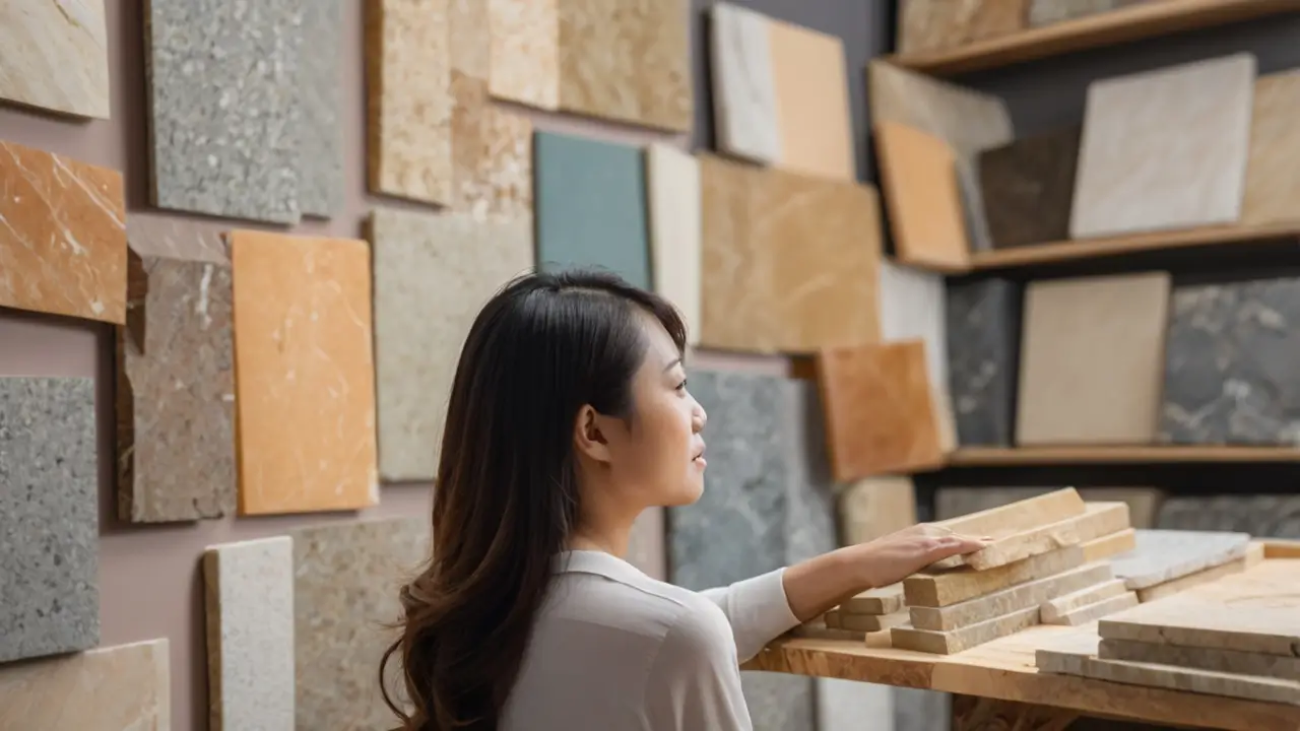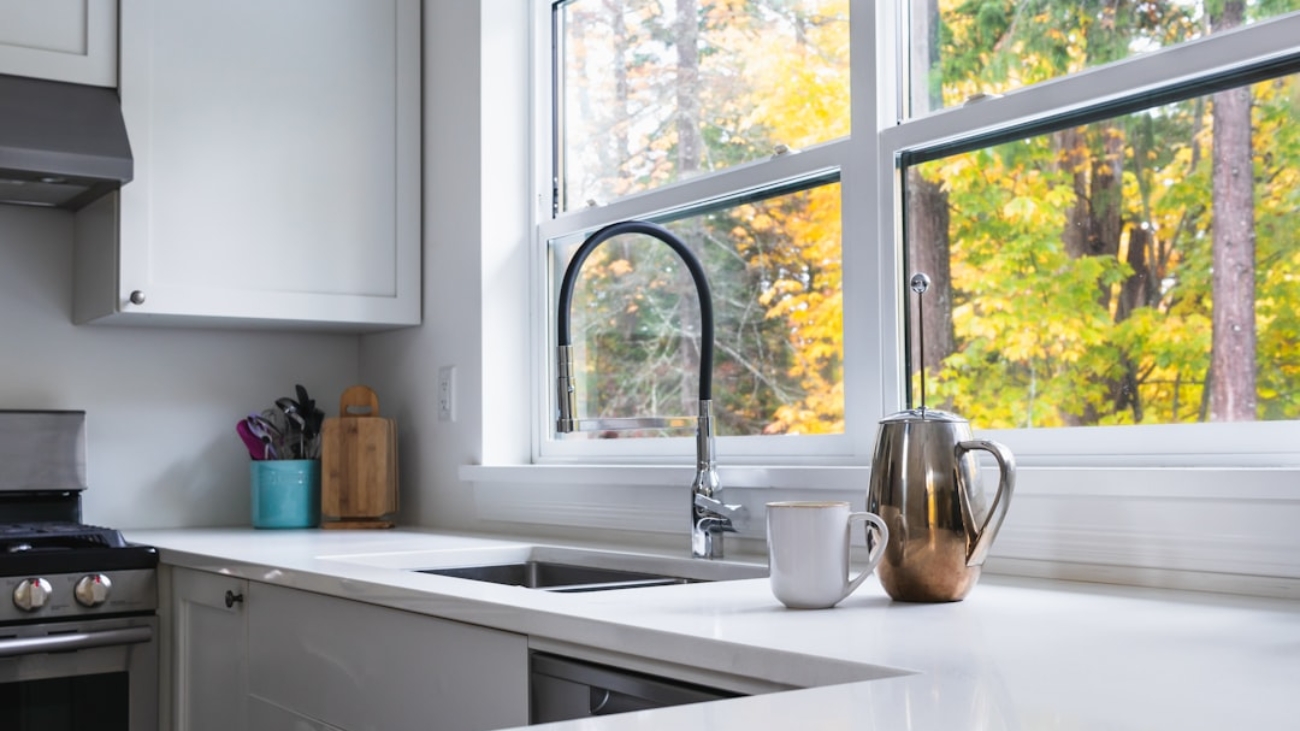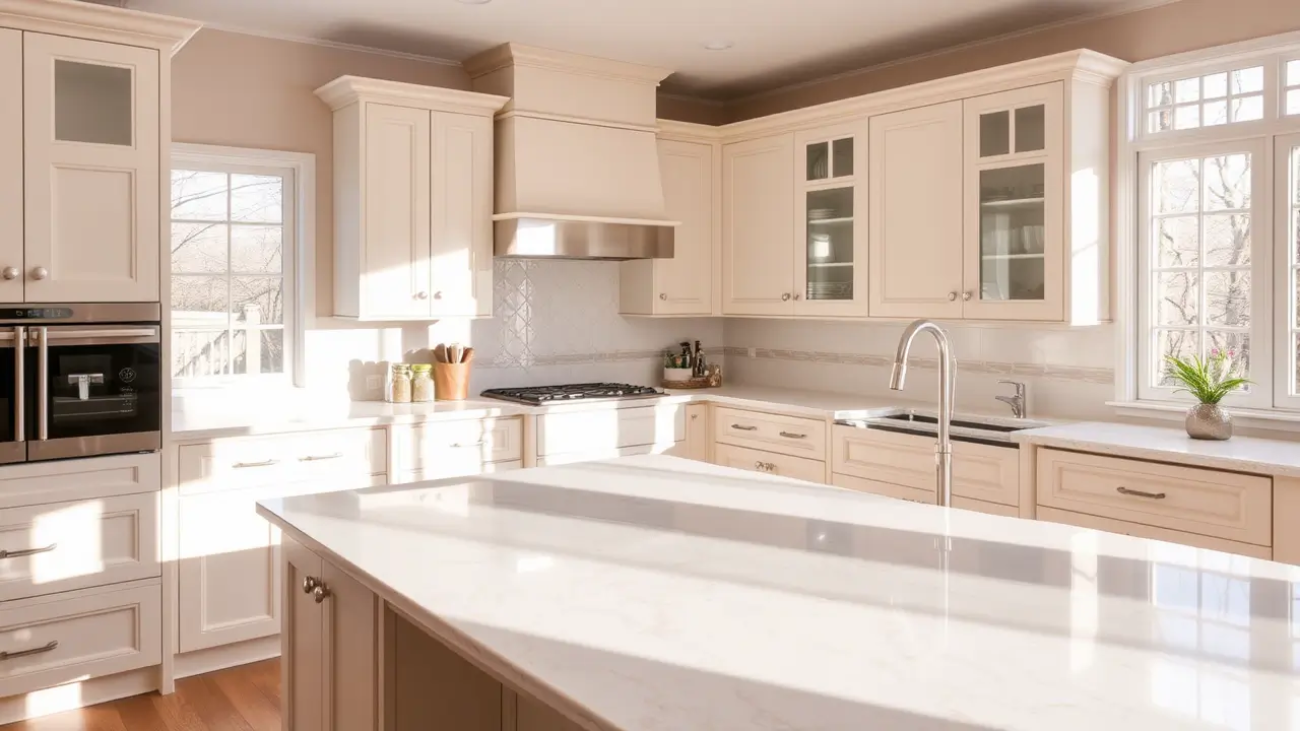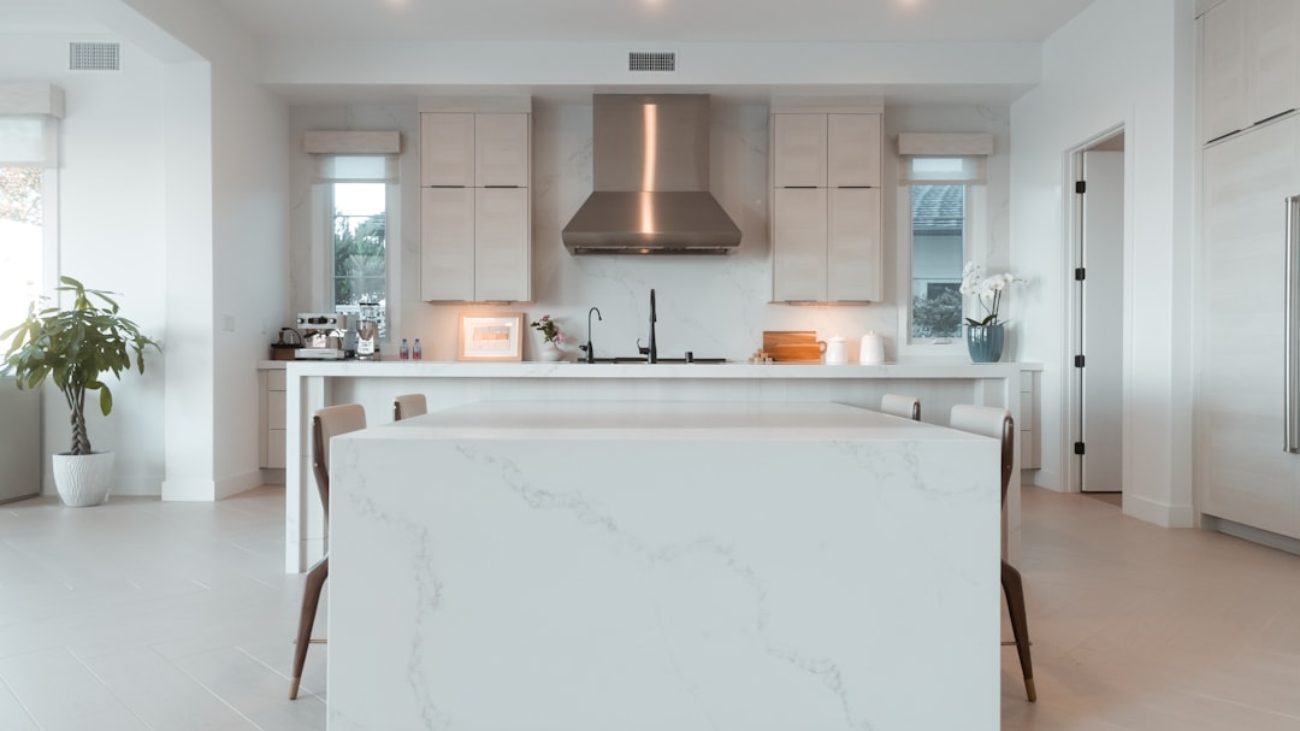When considering the composition and sourcing of materials for your project, it’s essential to understand the various elements that contribute to the overall quality and sustainability of the final product. The materials you choose can significantly affect not only the aesthetic appeal but also the functionality and longevity of your installation. For instance, if you are looking at flooring options, you might encounter a range of materials from hardwood to engineered wood, laminate, and even luxury vinyl.
Each of these options has its unique composition, which influences its performance characteristics, such as resistance to wear and tear, moisture absorption, and ease of maintenance. Sourcing these materials is equally important. You may want to prioritize local suppliers to reduce transportation emissions and support your community’s economy.
Additionally, consider the ethical implications of your choices. Are the materials sourced sustainably? Are they harvested in a way that respects the environment and the communities involved?
By asking these questions, you can ensure that your project not only meets your aesthetic and functional needs but also aligns with your values regarding sustainability and social responsibility.
Durability and Maintenance
Choosing Materials for High-Traffic Areas
For example, if you are installing flooring in a high-traffic area, opting for materials known for their durability, such as ceramic tiles or high-quality laminate, can save you from frequent replacements and repairs.
Understanding Wear Ratings and Resistance Levels
Understanding the wear ratings and resistance levels of different materials can help you make an informed decision that balances aesthetics with practicality. This knowledge will enable you to choose materials that meet your needs and expectations.
Maintenance Needs and Lifestyle
Maintenance is another aspect that cannot be overlooked. Some materials require more upkeep than others, which can impact your long-term satisfaction with your choice. For instance, while natural stone may offer a stunning look, it often requires regular sealing and special cleaning products to maintain its appearance. On the other hand, materials like vinyl or laminate are generally easier to clean and maintain, making them ideal for busy households or commercial spaces. By evaluating both durability and maintenance needs, you can select materials that not only look great but also fit seamlessly into your lifestyle.
Availability and Demand
The availability of materials can significantly influence your project timeline and budget. In today’s market, certain materials may be in high demand due to trends or supply chain disruptions, which can lead to increased prices or longer wait times for delivery. It’s wise to research current market conditions before making your selections.
For example, if you have your heart set on a specific type of hardwood flooring, you may find that it’s currently back-ordered due to a surge in popularity or limited harvesting seasons. Being flexible with your choices can help you avoid delays and keep your project on track. Moreover, understanding demand can also guide you toward more sustainable options.
As consumers become increasingly aware of environmental issues, there is a growing demand for eco-friendly materials. This shift in consumer behavior has led many manufacturers to prioritize sustainable sourcing practices and develop innovative products that minimize environmental impact. By choosing materials that are not only available but also in line with current trends toward sustainability, you can ensure that your project is both timely and responsible.
Installation Process
The installation process is a crucial phase in any project, as it directly affects the final outcome and overall satisfaction with your choices. Depending on the materials selected, the installation can vary significantly in complexity and time required. For instance, while some flooring options like click-lock laminate are designed for easy DIY installation, others may require professional expertise to ensure proper fitting and finish.
Understanding the installation requirements of your chosen materials will help you plan accordingly, whether you decide to tackle the project yourself or hire professionals. Additionally, it’s essential to consider the preparation needed before installation begins. This may include ensuring that the subfloor is level and clean or acclimating certain materials to the environment where they will be installed.
Taking these steps seriously can prevent future issues such as warping or uneven surfaces. By being proactive in the installation process, you can set yourself up for success and enjoy a beautiful, functional space that meets your needs.
Customization Options
Customization options allow you to tailor your project to reflect your personal style and preferences. Many materials come with a variety of finishes, colors, and textures that enable you to create a unique look that complements your existing decor. For example, if you are considering cabinetry for your kitchen or bathroom, you might find options ranging from traditional wood finishes to modern painted styles.
This level of customization not only enhances the visual appeal but also allows you to create a cohesive design throughout your space. Moreover, customization extends beyond mere aesthetics; it can also enhance functionality. For instance, when selecting countertops, you may have the option to choose different edge profiles or integrated features like sinks or cutting boards.
These choices can improve usability while adding a personal touch to your project. By exploring all available customization options, you can create a space that is not only visually stunning but also perfectly suited to your lifestyle.
Environmental Impact
In today’s world, considering the environmental impact of your choices is more important than ever. The materials you select for your project can have far-reaching consequences on ecosystems and communities. For instance, opting for sustainably sourced wood or recycled materials can significantly reduce your carbon footprint compared to traditional options that contribute to deforestation or waste accumulation.
By prioritizing eco-friendly choices, you not only contribute positively to the environment but also set an example for others in your community. Additionally, understanding the lifecycle of materials—from sourcing to disposal—can help you make more informed decisions. Some products may be designed for longevity and recyclability, while others may end up in landfills after a short lifespan.
By choosing materials that are durable and have a lower environmental impact throughout their lifecycle, you can ensure that your project aligns with sustainable practices. This commitment not only benefits the planet but also enhances the overall value of your investment. In conclusion, navigating the complexities of material selection for your project involves careful consideration of composition and sourcing, durability and maintenance, availability and demand, installation processes, customization options, and environmental impact.
By taking the time to evaluate each of these factors thoughtfully, you can create a space that not only meets your aesthetic desires but also aligns with your values and lifestyle needs. Whether you’re embarking on a small renovation or a large-scale construction project, being informed will empower you to make choices that lead to lasting satisfaction and positive contributions to both your home and the environment.
If you are interested in learning more about the differences between granite and quartz surfaces, you may want to check out this article on marble vs quartz: the right choice for your bathroom. This article delves into the various factors to consider when choosing between these two popular materials for your bathroom countertops. It provides valuable insights into the durability, maintenance, and cost differences between marble and quartz, helping you make an informed decision for your home renovation project.
FAQs
What factors contribute to the higher cost of granite compared to quartz?
Granite is a natural stone that is mined from quarries, requiring more labor and resources to extract and process. Additionally, granite is heavier and more difficult to transport, adding to its overall cost.
Why is quartz considered a more affordable option compared to granite?
Quartz is an engineered stone made from a combination of natural quartz crystals and resins, making it more readily available and easier to manufacture. This results in a lower production cost and a more affordable price point compared to granite.
Are there any other factors that contribute to the price difference between granite and quartz?
In addition to the differences in production and transportation costs, the rarity and uniqueness of certain granite varieties can also impact its price. Quartz, on the other hand, is available in a wide range of consistent colors and patterns, making it more cost-effective.








